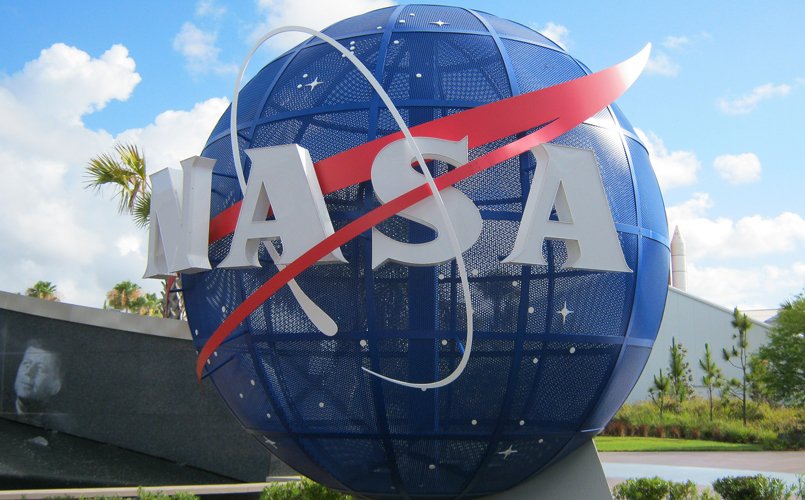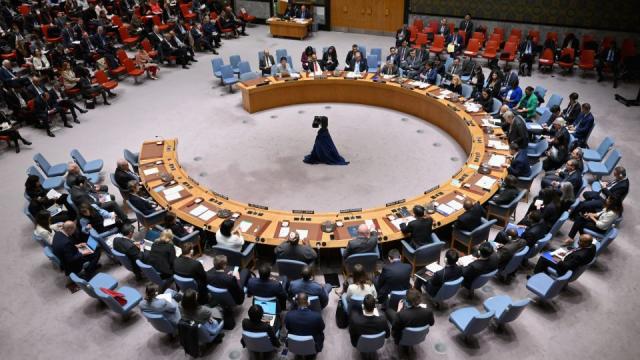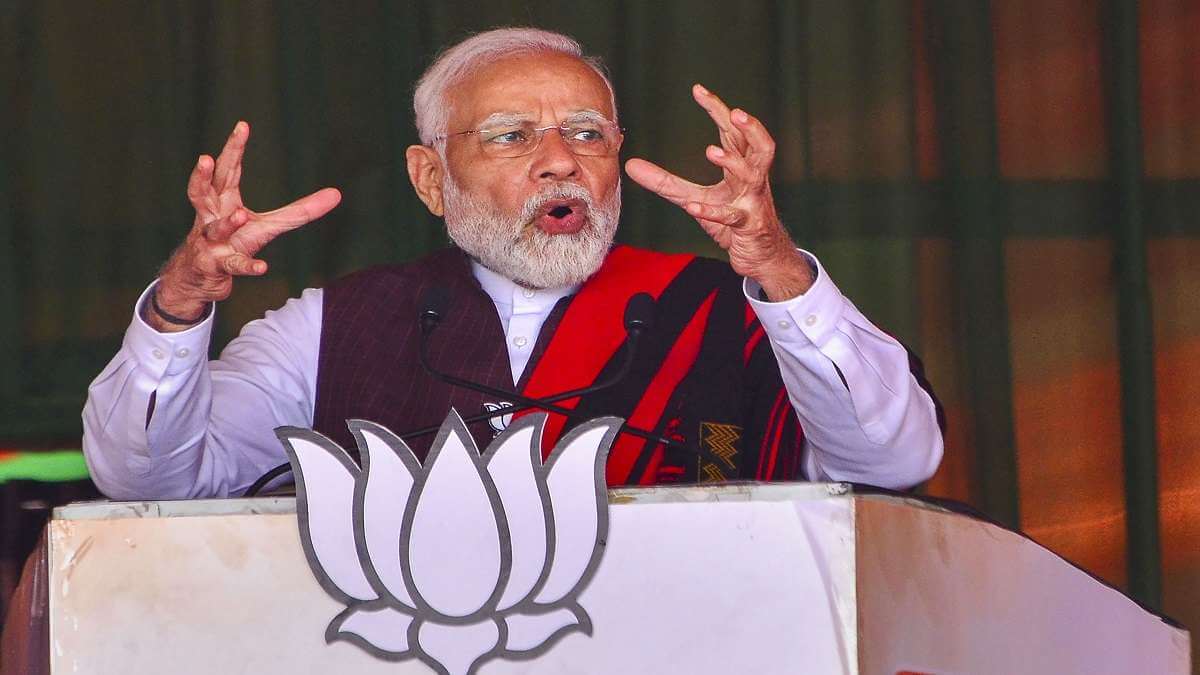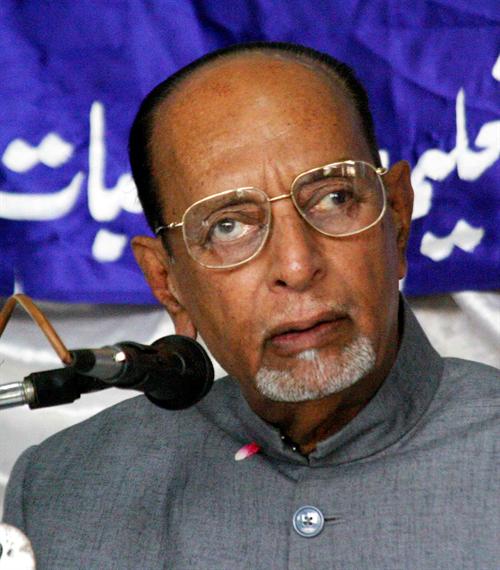NASA eyes 3-D printing tech for its most powerful rocket to cut costs
Sat 23 Dec 2017, 19:14:21

As NASA builds its most powerful rocket, the Space Launch System (SLS), the US space agency is testing engines with 3D printed parts to cut costs of powering the heavy-lift rocket.
A major milestone towards that end was achieved this month when engineers successfully hot-fire tested an RS-25 rocket engine with a large 3-D printed part, the US space agency said on Friday.
The 3-D printed part, called the pogo accumulator, is a beachball-sized piece of hardware that acts as a shock absorber by regulating liquid oxygen movement in the engine to prevent the vibrations that can destabilise a rocket's flight, NASA said.
By 3-D printing the hardware, more than 100 welds were eliminated, reducing costs by nearly 35 per cent and production time by more than 80 per cent.
Initial reports show the 3-D printed hardware performed as expected, opening the door for more components scheduled for future tests, the US space agency said.
The test was part of the SLS Programme's RS-25 affordability initiative -- a collaborative effort between NASA and industry partner Aerojet Rocketdyne of Canoga Park, California, to reduce the engine's overall
production costs while maintaining performance, reliability and safety.
production costs while maintaining performance, reliability and safety.
"As we build future RS-25s, NASA and our partners are taking advantage of innovative manufacturing techniques, including additive manufacturing, or 3-D printing, to make the engines more affordable," said Andy Hardin of NASA's Marshall Space Flight Center in Huntsville, Alabama.
"3-D printing is revolutionising manufacturing, and the pogo accumulator is the first of many components that can be built more quickly and less expensively," Hardin said.
To minimise the costs of developing SLS, NASA selected the RS-25 engine.
"With modern fabrication processes, including additive manufacturing, the 'next generation' of the RS-25 will have fewer parts and welds, reducing production time as well as costs," said Carol Jacobs, RS-25 engine lead at Marshall.
"Reducing the number of welds is very important," she said.
"With each weld comes inspections and possible rework. By eliminating welds, we make the hardware more reliable and the process much more lean and efficient, which makes it more cost-effective," Jacobs said.
No Comments For This Post, Be first to write a Comment.
Most viewed from International
Most viewed from World
AIMIM News
Owaisi Begins Election Campaign in Hyderabad
Apr 13, 2024
Bring back Indian workers in Israel: Owaisi
Apr 13, 2024
Latest Urdu News
Most Viewed
May 26, 2020
Do you think Ruturaj Gaikwad would be a good captain for Chennai Super Kings?
Latest Videos View All
Like Us
Home
About Us
Advertise With Us
All Polls
Epaper Archives
Privacy Policy
Contact Us
Download Etemaad App
© 2024 Etemaad Daily News, All Rights Reserved.

.jpg)





.jpg)






.jpg)








.jpg)

















